
Can You Hear Me Now? Part 3
Wireless Communications.
Tutorial:/ Cameron O’Neill
So far in this series we’ve been dealing with wired systems. Most partylines use a 3-core cable such as microphone cable to connect people together. Matrices use all kinds of cables; from coaxial to custom-designed multicores. These connections may work well in a control room or at the front of house consoles, but they’re very restrictive for those of us that have to both communicate and move around. Thankfully, the systems that we have looked at previously have at least some form of wireless extension.
ANALOGUE OR DIGITAL?
Over the last decade we have seen the professional sound industry wholeheartedly embrace digital encoding, and we are now even pushing into some cool audio-over-IP solutions. However, when it comes to transmitting audio over the air, we haven’t done all that much to the way things work for quite some time.
When we talk about analogue wireless transmissions, we are referring to the way the data is modulated on the radio waves. The most common form of analogue modulation is Frequency Modulation (FM), where we alter the frequency of the carrier slightly to transmit the data. FM is the basis of the majority of contemporary audio systems; two-way radios, radio microphones and in-ear monitors mostly use FM transmission. You can also transmit digital information over an analogue modulation. Standards like Apco’s P.25 are examples of digital data being transmitted over analogue carriers.
Conversely, some digital transmission relies on more efficient, but more complex signalling schemes, like phase differentials, to transmit the information. The upside is that you get a lot more information over the same radio frequency bandwidth, but the downside is that you have a slight latency on the transmission. For most systems this delay is less than 100µs. Normally this isn’t an issue, however when you connect a new, digital comms system to an older partyline system, there is one small issue.
THE DIGITAL ECHO
Older analogue partylines treat any connection to the system in the same way. They take all of the audio from all of your connected devices, combine it, and then send it back to all of the devices, including the original source. This produces an effect called Sidetone (known to most of us as “hearing yourself when the comms mic is on”). However, if you have 100µs delay between your wired and wireless system, this means that your sidetone will arrive with a 200µs delay (there and back again), which is extremely off-putting. The best way around this is to use avoid combining the signals by using a system with a 4-wire interface. These usually employ nulling or echo cancellation circuitry to remove the sidetone from the connected devices
TWO-WAY RADIOS
Two-way radios (walkie talkies) offer great transmission range in a small package. Modern two-ways also offer a great range of options, including GPS tracking and automatic ‘man-down’ sensors that can report when a radio user has had an accident (or is simply lying down, sleeping off a big dinner).
The shortcomings of simple two-ways are that they usually require a licensed frequency (unless you want to share a public channel with anyone who wants to drop in), and that they only allow one user at a time to be talking (half-duplex). Digital radio systems like TETRA (TErrestrial Trunked RAdio) allow for full-duplex communication (more than one person speaking at a time), however they require greater investments in equipment, and it is harder to get a mobile licence due to the different frequency requirements.
ANALOGUE BELTPACKS
In order to get around some of the half-duplex limitation of simple two-way radios, many companies started making radio versions of their partyline devices. By giving each beltpack an individual reply frequency, combined with a common send frequency for the base station, it was possible for everyone to talk at the one time. As these are analogue devices transmitting analogue audio, there is negligible delay within the systems, making them perfect for use on events, stages or in studios. Many installations continue to use analogue beltpacks for these reasons.
However, there are a couple of significant drawbacks with analogue beltpacks. Each beltpack requires an individual frequency, which means that the base station needs to have separate receiver circuitry for every connected beltpack. Consequently, most of these systems are limited to four-to-six beltpacks. If you want just one more beltpack, then you’re going to need to invest in a second base station. Also, in order to keep the beltpack systems licence-free, they have to share the same frequency band as wireless microphone systems.
There are two problems with this. Firstly, the output power of analogue systems has to be kept low to meet with regulations, which limits the range of most systems to a single hall/room/theatre. Secondly, as the ACMA (the radio spectrum management authority) starts to shut down the 800MHz end of the TV spectrum, there is less airspace for the remaining devices. If you’re running a significant number of radio mics and wireless beltpack comms, then you’re going to have to start rationalising one or the other.
DIGITAL BELTPACKS
Digital wireless beltpacks are becoming increasingly popular. By leveraging the ability of digital systems to link over long distances, we can expand the range of a system beyond that of a single antenna. Time-division multiplexing (TDM) systems allow multiple users to connect on the same frequency, enabling a single base station to handle many beltpacks (over 100 in a number of cases). By having each beltpack working in its own TDM slot, it’s possible to send individual audio signals to each beltpack, allowing us to treat them as elements of a matrix rather than a partyline.
Since digital systems are not as susceptible to external radio frequency noise, the audio quality is generally better than that of an analogue system. Most systems are also in the 1.9GHz or 2.4GHz range, meaning that they are not going to take up valuable spectrum around your radio microphones (although they may have problems with the myriad unlicensed devices crowded into the 2.4GHz region).
Traditionally, digital wireless systems have carried with them a higher price tag. Whilst this still may be the case for less than four beltpacks, once you need to buy additional analogue base stations then a digital system starts to come into its own. Add onto that the extra features of digital systems, such as most having two discrete channels per beltpack; better audio quality; and some having the capability to act as matrix keypanels; and you’re starting to see some real benefits in the investment.
NEXT UP
So far wireless is looking like a pretty good solution, but what happens when you’ve got an AGM with a Melbourne-Sydney-Brisbane link-up? That’s the scenario we’re going to delve into next time, when we look at trunking networks via phonelines, ISDN and the Internet.

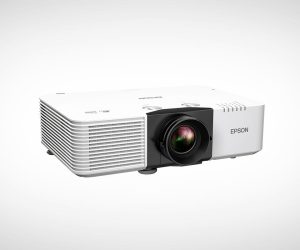
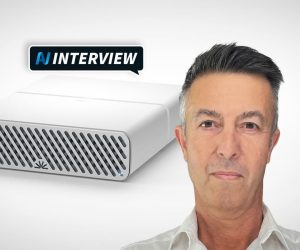


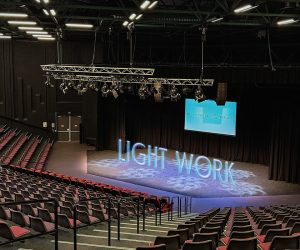



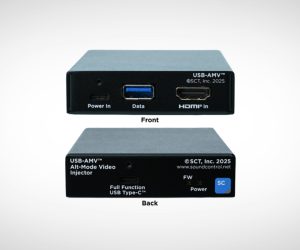


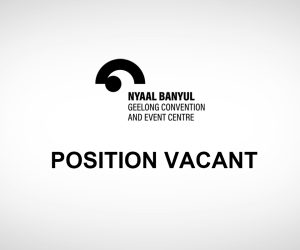


RESPONSES